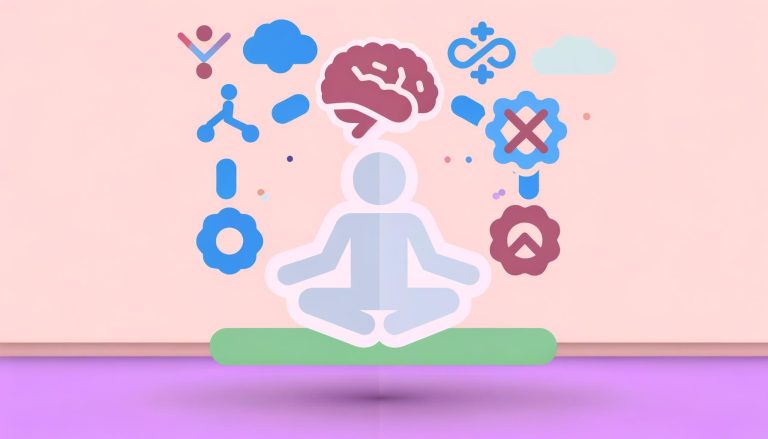Creating a nurturing home environment is integral to promoting mental well-being. As we spend significant amounts of time at home, the atmosphere and dynamics within our living spaces can greatly influence our mood, behavior, and overall mental health. From fostering positive relationships to maintaining a clean and organized space, there are numerous ways to enhance the mental well-being of all household members. This article explores practical yet effective strategies to foster a positive home environment that supports mental health, incorporating insights from various interdisciplinary perspectives.
Understanding the Importance of a Positive Home Environment
A positive home environment serves as a sanctuary where individuals can unwind, recharge, and find solace. It provides a sense of security and belonging, which are fundamental needs for mental well-being. Research has shown that a supportive home environment can reduce stress, enhance emotional regulation, and promote overall happiness. Furthermore, a positive household fosters open communication and strong family bonds, which are vital for mental resilience.
The Role of Physical Space
Clutter-Free and Organized Spaces
Maintaining a clutter-free home environment can significantly impact mental clarity and reduce stress. A tidy space tends to promote a sense of calm and order, making it easier to focus and relax. Here are some tips to keep your home organized:
- Designate specific places for items to avoid unnecessary clutter
- Regularly declutter and dispose of or donate unused items
- Utilize storage solutions such as baskets, shelves, and bins
Incorporating Natural Elements
Incorporating natural elements such as plants, natural light, and outdoor views can have a calming effect on the mind. Exposure to nature enhances mood and reduces anxiety. Here’s how to bring the outside in:
- Place indoor plants in various rooms: Plants can purify the air and elevate mood
- Maximize natural light: Open curtains and keep windows clean to let in more sunlight
- Create outdoor living spaces: A balcony garden or patio can serve as a peaceful retreat
Creating Emotional Safety
Open Communication
Encouraging open and honest communication within the home fosters trust and understanding. Here are some ways to facilitate open communication:
- Create a safe and non-judgmental space for discussions
- Listen actively and empathetically to each other
- Validate feelings and encourage emotional expression
Setting Boundaries
Setting clear boundaries is crucial for maintaining mental health and respect within the home. It helps in preventing conflicts and ensuring that everyone’s needs are met. Here’s how to set effective boundaries:
- Communicate boundaries clearly to all household members
- Respect each other’s personal space and time
- Be consistent in enforcing boundaries to avoid confusion
Promoting Healthy Lifestyles
Physical Activity
Regular physical activity is known to boost mental health by reducing stress, anxiety, and depression. Encourage household members to engage in physical activities through:
- Family exercise routines: Plan family walks, bike rides, or yoga sessions
- Active play: Encourage children to engage in outdoor games and sports
- Home gym setups: Dedicate a space for exercise with basic equipment
Nutritious Eating Habits
Nutrition plays a crucial role in mental health. A balanced diet can improve mood and energy levels. Here are some tips to promote healthy eating habits at home:
- Prepare and share meals together: This can create bonding opportunities
- Incorporate a variety of fruits, vegetables, whole grains, and lean proteins
- Limit the intake of processed foods, sugars, and unhealthy fats
Fostering Positive Relationships
Quality Family Time
Spending quality time together strengthens family bonds and creates lasting memories. Consider the following activities:
- Family game nights: Engage in board games or puzzles together
- Cooking and baking: Involve everyone in preparing meals
- Attend events: Support each other’s interests by attending games, recitals, or exhibitions
Conflict Resolution
Conflicts are inevitable in any household, but how they are managed can significantly impact the home environment. Effective conflict resolution involves:
- Addressing issues promptly and calmly
- Avoiding blame and focusing on solutions
- Seeking outside help if conflicts become unmanageable
Conclusion
Creating a positive home environment is essential for fostering mental health and well-being. By focusing on physical space, emotional safety, healthy lifestyles, and strong relationships, you can create a nurturing atmosphere conducive to personal growth and happiness. Remember that small, consistent efforts can lead to significant improvements over time. Investing in the mental well-being of your household not only enhances individual lives but also enriches the collective harmony of the home.
Sources:


